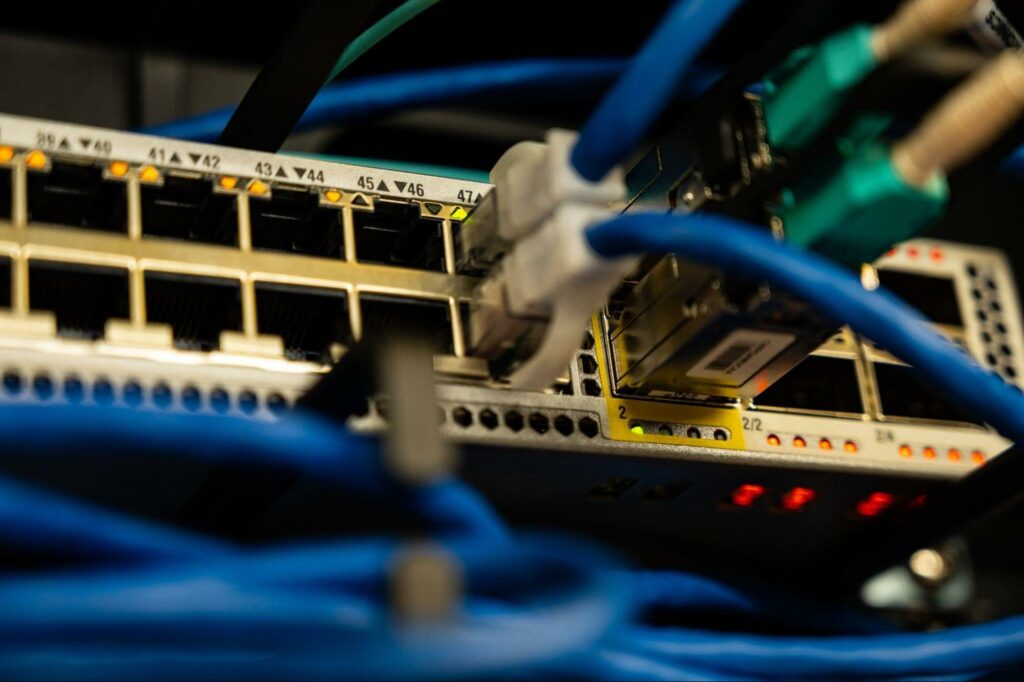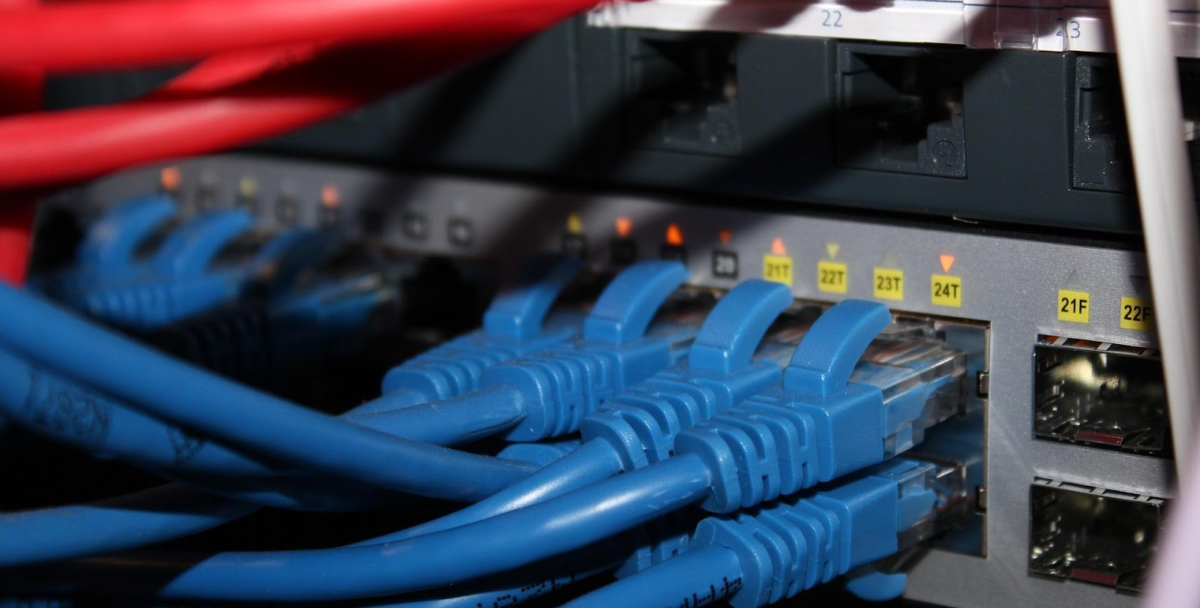Catch up with Cat6a! Cat6a Ethernet delivers 10 Gbps of speed over 100 meters. More companies are upgrading from Cat6 to Cat6a, so you will remain competitive if you purchase Cat6a Ethernet.
However, you can’t just buy new wires and servers and expect to have great speeds. Patch panels can increase Ethernet speed and make smooth connections between your computers and network devices.
But finding the best Cat6a patch panel can be a little tricky. Read this guide to top-rated Cat6a panels to narrow your options down.
Leviton
Leviton offers several types of patch panels with unique technology and accessories. Retention force technology creates consistent Ethernet speeds without drops. The Cone of Silence reduces cross-talk between cables, letting you send data without interference. QuickPort connectors let you mix media between wires; you can plug copper, coax, and fiber wires into any Leviton product. All Leviton products undergo testing from third parties for Cat6a performance standards.
The 24-port panel complies with major regulators, including the ISO. It contains Pair Separation Towers that separate conductors from each other and reduce interference. In addition, the panel has 16-gauge steel and fire-retardant plastic, making it suitable for high-temperature data centers.
The 48-port panel is nearly identical to the 24-port panel. It contains two rows of 24 ports, letting you connect cables at different angles. Both panels are 19 inches long and easy to install inside equipment racks and drawers.
If you need more space between your ports, you can buy 48-port flat 110-style patch panels. The port blocks are separated by several millimeters. You can also use white labels to keep track of your wires. In addition, 110-style panels terminate connections faster than other products, increasing the safety of your Ethernet system and direct attached cables (DAC).
Related: Direct Attached Cables
Leviton also offers angled patch panels. You can fit these products in the corners of cabinets and on swinging doors. They also spread your wires out so you experience less interference and fire risk.
Do you want to see the best Cat6a patch panel for yourself? Visit C&C’s state-of-the-art showroom of patch panels, data centers, and corporate technology today!
OCC

Optical Cable Corporation (OCC) is one of North America’s largest manufacturers of fiber optics and cables. OCC also produces Cat6a patch panels that are backward compatible with Cat3, Cat5E, and Cat6 Ethernet cables.
All OCC panels are made with steel, creating rigid panels and reliable terminations for all wires. They are also flexible and have removable strain-relief bars. The bars can support the weight of your wires, but removing them can free up more space for additional accessories. Panels are 19 inches long; you can mount them inside racks, cabinets, and drawers.
You can purchase shielded or unshielded patch panels. Shielded panels have better protection against cross-talk and other types of interference, but they are harder to install and connect wires. Shielded products contain bonding jumpers that provide reliable electrical conductivity. Unshielded panels contact discrete modular jacks, preventing snags and bad connections with your cables. OCC offers 24 and 48-port panels. Each port has a white label you can write on and a number to keep track of your cables. You can also purchase angled panels.
OCC recommends its products for Power over Ethernet (PoE) systems; all OCC panels meet IEEE standards. The company recommends that you keep the panels inside and keep them away from corrosive materials. OCC does not recommend them for manufacturing plants or environments with repeated impacts.
Are you looking to set up a modern Ethernet system for your office? Contact the Ethernet specialists at C&C Technology Group now!
Primus Cable
Primus Cable has created low-voltage wires for nearly 30 years. They offer two different patch panels, each with unique applications and features.
Both products are compatible with other Primus products, including network racks and Ethernet switches. They comply with all safety rules and regulations, including those in the European Union.
24-Port Shielded Patch Panel
Primus’s shielded patch panel has 24 flush-mounted ports for RJ45 connectors. Cables with 22 to 26 AWG can fit into the ports without rubbing against each other or becoming snagged. Each port has a gold-plated bronze contact that doesn’t scratch, corrode, or get burned.
The panel contains metallic shielding that protects your cables from electromagnetic interference and cross-talk. It also has a strain relief bar that distributes the weight of your cables across the length of the panel, preventing the panel from snagging or falling off your wall. The main body of the panel contains durable 16-gauge steel with rounded edges.
The product comes with cable ties, ground wire, and mounting screws. You can use a company manual to set your panel up. The panel is 19 inches long, so you can fit it inside most server racks. It is 1.75 inches tall, making it a good choice for half racks and wall-mounted units.
48-Port Shielded Patch Panel

This panel has 48 ports, making it suitable for large data centers and corporations. The product has color-coded IDC terminal labels, making installing and connecting your wires easy. The panel is six pounds, so be careful when installing it and ensure it doesn’t crush or pin your wires.
If you plan on expanding your business, you should buy the 48-port product instead of the 24-port one. It’s okay if you have empty space between your cables, as the space helps you control the temperature and airflow in your data center.
You should also select the 48-port panel if you experience high electromagnetic interference in your office. Many hospitals, large offices, and technology-centered businesses have numerous strong signals passing through, so they should get shielding.
Related: Low-Voltage Cabling: What You Need to Know
Last Updated on June 8, 2023 by Josh Mahan




